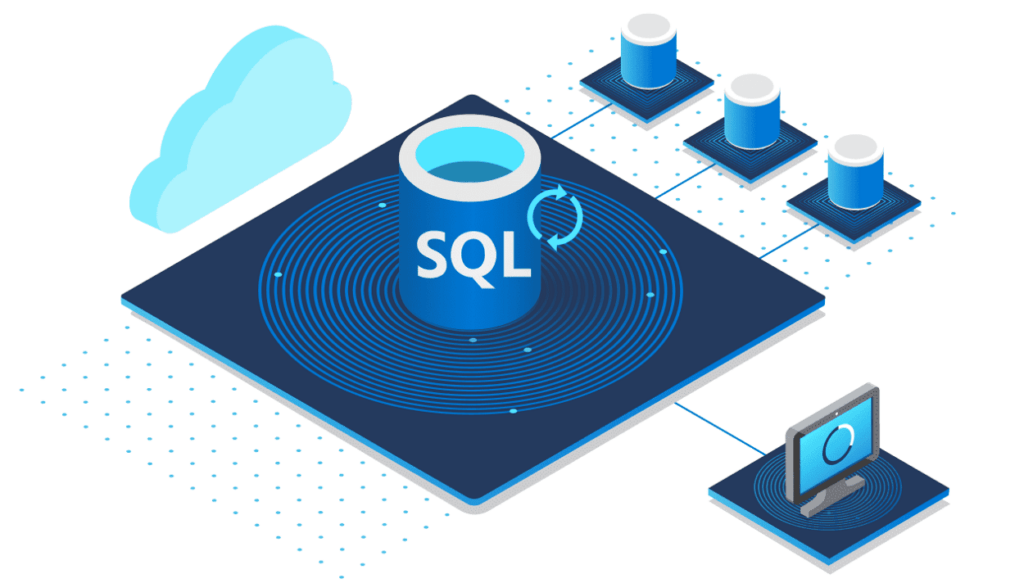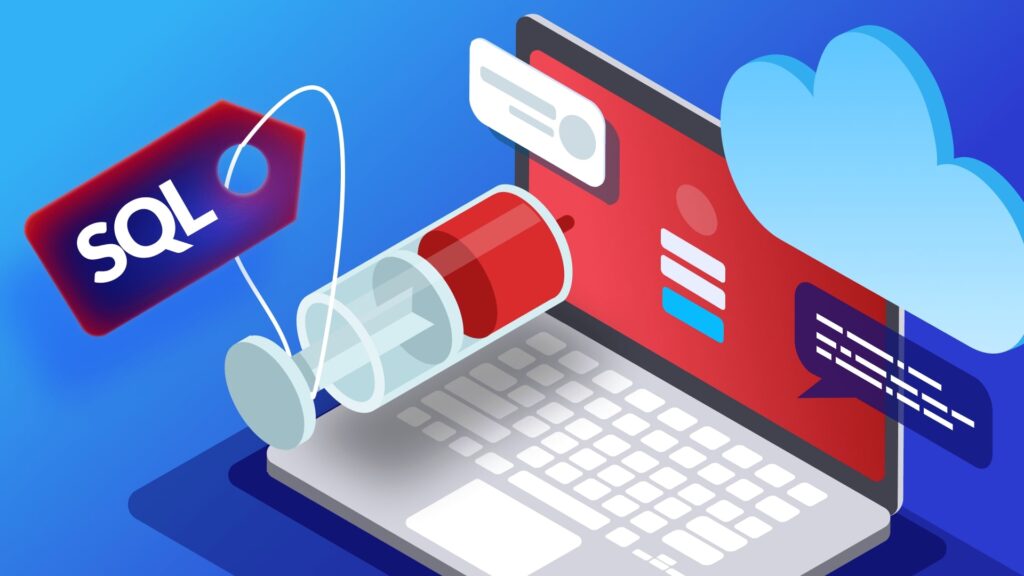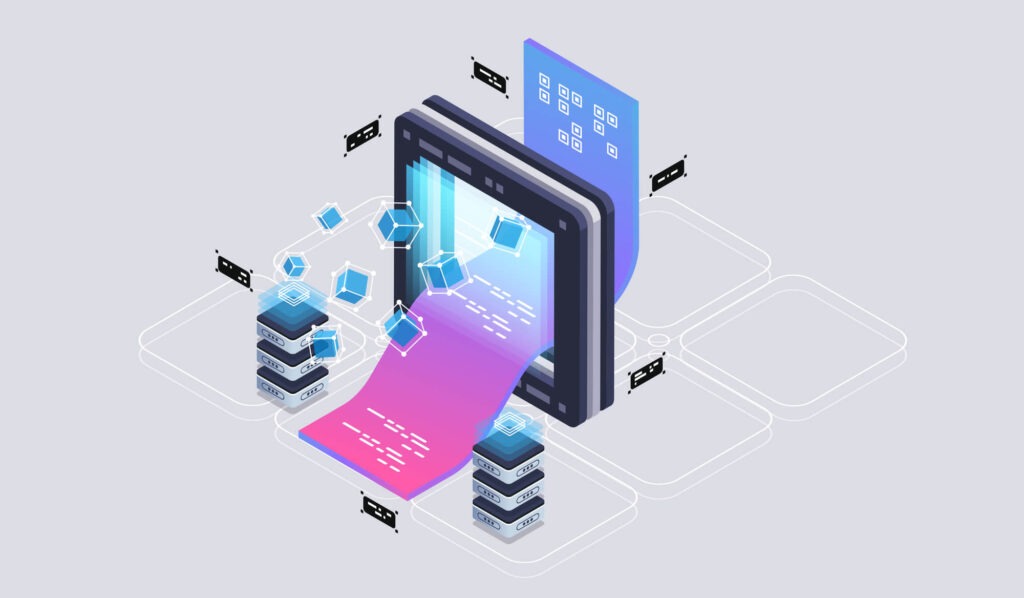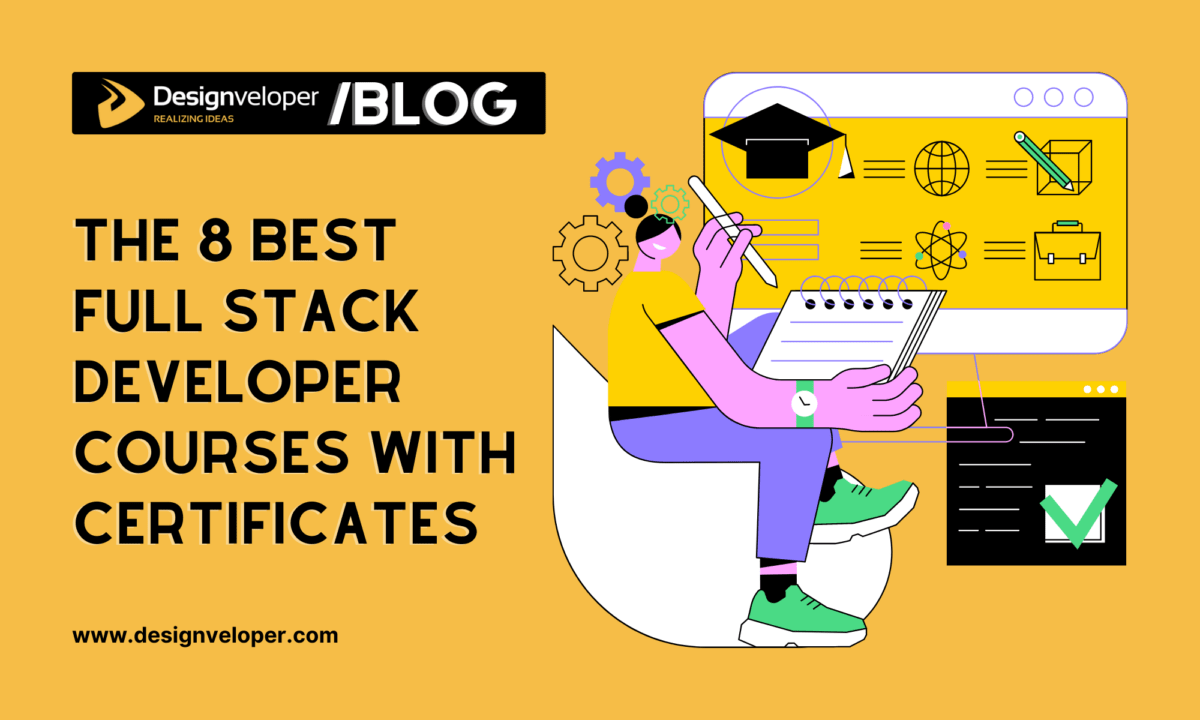What exactly is SQL? In its most basic form, structured query language (SQL) is a computer language that enables users to interact and communicate with databases. But in addition to that, it encompasses a great deal more.
The people who will find this article helpful are business owners who want to hire a SQL developer to change how they look at, evaluate, and make decisions based on data they already have. If you are a programmer who wants to learn SQL, you will also find something fruitful here. With that being said, let us dive into it.
What is SQL?
SQL, which stands for Structured Query Language, is a programming language that can be used to store, change, and get information from a relational database. Using SQL queries and other operations, programs are made that let users add, change, or get data from database tables. These programs are made up of statements and SQL queries that are written as commands.
SQL is a very important tool used to get important information out of databases. Then, different platforms, like Python or R, can use this data to do analysis. SQL can handle a lot of different data transactions at the same time, even if a lot of data is being written at the same time. SQL is used by some of the most successful companies owned by Meta Inc., like Facebook, WhatsApp, and Instagram, to both process data and store it in the backend.
History
At the end of the 1960s, the first databases were made. At the time, this was a very important subject to study. A lot of computer scientists worked to make databases work better. One of them was Edgar Frank (Ted) Codd, an English computer scientist at IBM. In the 1940s, he worked on a project called the Selective Sequence Electronic Calculator. This project led to the first electromechanical computer in the world.
But Codd is best known for his 1970 paper, A Relational Model of Data for Large Shared Data Banks, which started the era of relational databases in computer science. In his study, Codd said that all data in a database should be shown as relationships. Based on this idea, Raymond Boyce and Donald Chamberlin of IBM came up with SQL. SQL was made to work with and get data from System R, IBM’s first relational database management system.

But the SQL language wasn’t made public until a few years after that. In 1979, a company called Relational Software, which later changed its name to Oracle, put its version of SQL, called Oracle V2, on the market.
Recommended reading: NoSQL Injection in Meteor.js Application
Since then, the American National Standards Institute (ANSI) and the International Organization for Standardization (ISO) have made SQL the standard language for talking to relational databases. Even though most SQL programs are based on the version that has been approved by the ANSI, some of the big SQL companies change the language to make it work better for them.
Uses
SQL can be used in the following ways:
- Run queries against a database.
- Get information from a database
- Insert data into a database
- Update database records
- Delete data from a database
- Make new databases or tables in existing databases.
- In a database, create stored procedures and views.
- Set table, procedure, and view permissions.
In general. SQL is used to help organize the information that is stored in databases. This makes it easier for users to find the information they need when they need it. SQL is a strong programming language, even though it is not very complicated. Among its capabilities are deleting data from SQL database tables, changing data that is already in database tables, and adding data to database tables. In addition, it can also be used to change the structure of the database itself by letting tables and other database objects be created, changed, and deleted.
The language uses a series of commands to do things with the data that is stored in databases. SQL INSERT gets information from database tables, SQL SELECT gets information from database tables, and SQL UPDATE changes information in already existing database records.
One of the most sought-after job skills is the ability to use SQL. This is because more and more businesses are relying on analytics done on large amounts of data to guide their organization.
8 Benefits of SQL
SQL has a lot of good things about it, which is why so many people use it. Let’s start by making a list of all of them.
1. Portability
SQL is a portable language, which means it can be used on different platforms. SQL can be sent from desktop computers and servers to laptops and even some mobile devices. Some mobile devices can even run SQL. This language can be used to write programs that can be run on both local internet and intranet systems.
2. Speed
SQL can get data quickly and effectively, no matter how big the data is. It can also perform tasks like processing data and adding and removing items in a reasonable amount of time. Quick query processing saves time and makes sure that the results are correct, so you won’t have to wait for your data or talk about it with other people for hours.
3. Beginner-Friendly
SQL is different from other programming languages in that you don’t need to know how to code to use it. Because SQL is easy to use, anyone can use it. Even people who don’t know how to code can use keywords like “create,” “insert,” “select,” and “update,” to manage SQL without having to learn how to code.
4. Standardized Language

SQL is also very easy to use because the language it uses, called “standard SQL,” is consistent. SQL is easy to learn and use, even for people who have never used a programming language before. It has a standard platform and uses a lot of English words and phrases.
5. Multiple Data Views
SQL makes it possible to establish several data views, allowing users to see the structure of the database and the information it contains in a manner that is unique to them.
Recommended reading: 11 Web Developer Certifications That Are Worth Looking Into
6. Open Source Code
MySQL, MariaDB, and PostGres are all examples of open-source SQL databases that large communities can use for free and at low cost.
7. Interactivity
Even if you know everything there is to know about SQL, you might still worry about whether or not other people can read the data and understand it. SQL is an interactive language for all users, which is good news for you because it means you don’t have to worry about miscommunication or misunderstandings.
8. Used by All Database Management System Vendors
SQL is used by big companies like IBM, Oracle, and Microsoft to manage their databases because it has so many benefits for database management systems.
How SQL Works: A 3-Part Story
For structured query language (SQL) to work, you need a server machine. This machine is in charge of answering database questions and sending back the answers. The SQL procedure uses several pieces of software, including the ones below.
Parser
To start, the parser will tokenize the SQL statement. This means that it will replace certain terms in the statement with special symbols. Then, it looks at the statement to see if the following are there:
Correctness
The parser checks the SQL statement to see if it follows the SQL semantics, which are also called rules. This makes sure that the query statement is correct. For example, the SQL instruction is looked over to see if it ends with a semicolon or not. If the semicolon is not there, the parser will throw an error.
Authorization
The parser also checks to see if the user who is running the query has the right permissions to change the data that is being accessed. For example, it may be the case that only admin users can delete data.
Relational Engine

The relational engine, which is also called the query processor, is in charge of coming up with the most efficient way to read, write, or update the relevant data. For example, it looks for queries that are very similar to the one you entered and either re-creates an old way of manipulating data or comes up with a brand new one. It writes the plan using byte code, which is an intermediate-level representation of the SQL statement. Relational databases use byte code so that searching and making changes to the database are quick and easy.
Recommended reading: 13 Web Development Blogs You Should Follow Right Now!
Storage Engine
The storage engine, which is also called the database engine, is a part of the software that reads the byte code and runs the intended SQL statement. It reads the data from the database files on the physical disk storage and stores it. When the operation is done, the result is sent back to the application that asked for it.
5 Elements of SQL
SQL programming language can be divided into some vital elements. For the purpose of this article, Designveloper will list out 5 of them.
1. Keywords
When you say “keywords” in SQL, you mean a group of words that, when put together, let you do certain things in your database. Using different keywords changes the databases in many different ways.
Some examples are as follows: “CREATE”, “INSERT”, “LIKE”, “SELECT”, “FROM”, “WHERE”, “UPDATE”, and “DELETE”.
2. Clauses
These are built-in functions that can filter out data and pull the needed information from a table or database. Clauses have functions that are “in-built functions.” It can be used when working with very large databases. There may be more than one clause in the SQL statement.

Think for a moment about a use case where you need to get the age, email address, and address of a person from the database. In this case, the clause would be written as “SELECT Age, Email, and Address,” where “SELECT” is a keyword and “age,” “email,” and “address” reveal information that is needed to run the SQL query and get the needed data.
3. Expressions
SQL expressions show how a formula is written, which is usually in the form of a query. It combines a certain value with one or more other values, operators, and SQL functions to figure out how that value should be evaluated. SQL expressions can also be roughly put into one of three groups: Boolean, numeric, or date.
4. Predicates
When you hear the word “predicate” you’re thinking of a group of keywords that, when put together with another pair of expressions, tell you if the whole thing is true or false. It is just another name for an expression that is used to figure out whether something is TRUE or FALSE.
5. Queries
Statements in SQL are used to ask for or get data from a database. Let’s say you want to get the first name and customer number of all customers whose last name is John as an example. The below query will help fetch the needed data:
SELECT First_Name, Customer_No FROM Customers WHERE Last_Name=’John’;
FURTHER READING: |
1. What Is Web Development? An Overview to Get Started |
2. 8 Best Web Development Courses with Certificates |
3. How to Create a Web Page for Business to Success? |
Conclusion
SQL can be helpful in a wide range of fields, which is a bit surprising. In 2013, journalists who wrote about offshore tax evaders and money laundering had to learn SQL so they could understand how the millions of hacked emails and files related to their stories. There are a lot of other benefits to using SQL, and one of them is that you can change how you look at, evaluate, and make better business decisions based on your data by hiring people who know SQL and have used it before.























